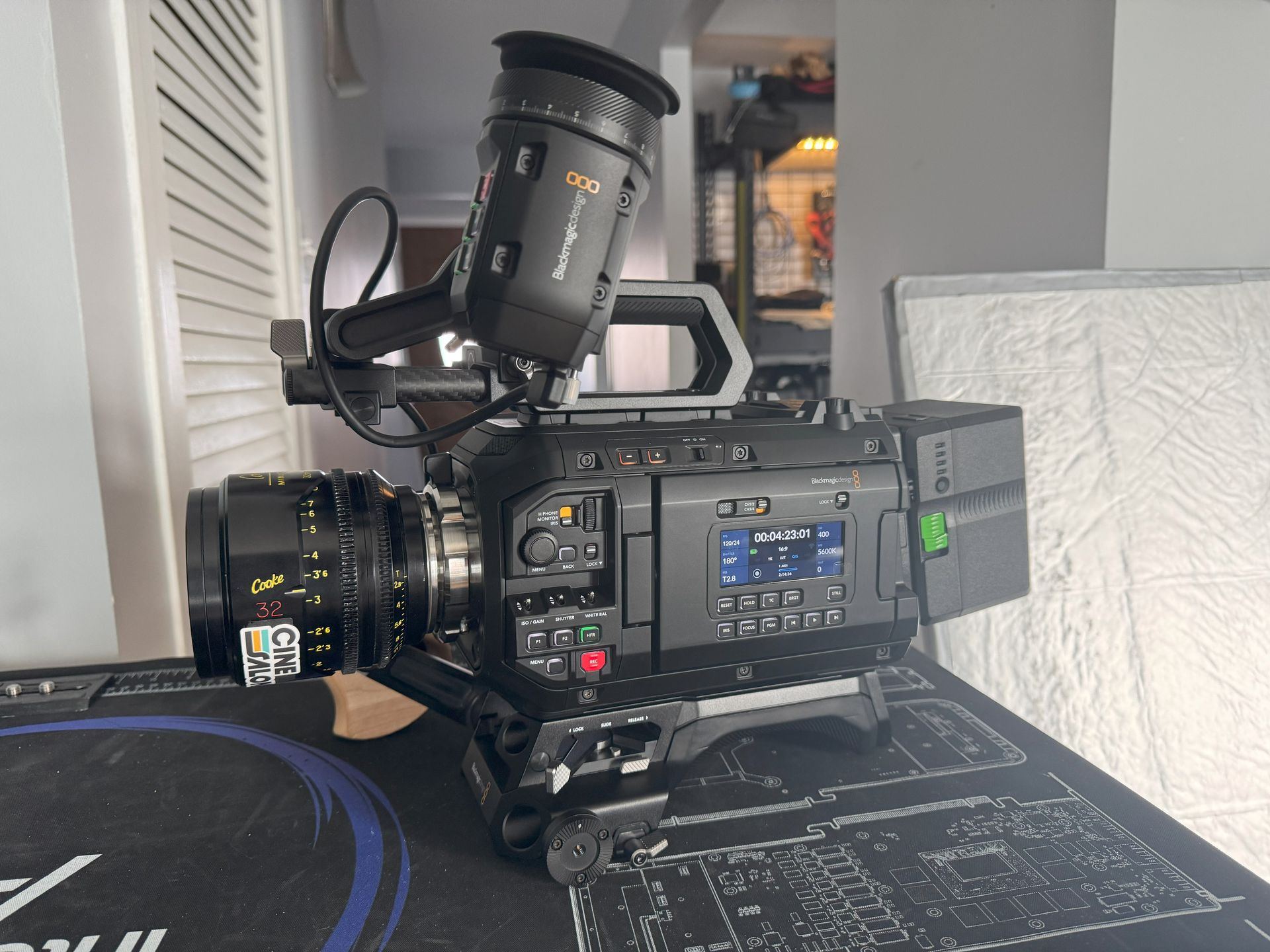
Video commercials are like short films that display various products or services for people to choose from. They are essential in informing consumers about what is on offer and why they should buy them. Here is how video commercials are planned, produced, and shared with the world. We shall also look at how they follow the rules, learn from good and bad examples, and what cool new things might happen with video commercials. Here is all about the behind-the-scenes of those engaging ads on TV or online.

Importance of Video Commercials in Marketing
Video commercials are essential in marketing because they help companies get to know their customers about a product or service excitingly. Here’s why it matters:
Engaging Audience
Video adverts are better able to attract people’s attention than mere words or images; they make you laugh, cry, or get excited about a specific product and, thus, more likely to remember it.
When you see a funny advert on television or the internet, it may come to mind to share it with friends via Facebook, Twitter, and other video social media platforms, or even when shopping again.
Building Brand Awareness
This helps create awareness through video commercials so that you often begin to recognize the brand and its products when you see a commercial.
Can you recall any jingles or taglines from ads? That is how companies’ videos etch themselves onto our psyches.
Increasing Sales
What makes “good” video commercials is that they can make a person want to buy the product/service after seeing how it operates and making it look beautiful. Meanwhile, the benefits of purchasing outweigh the total costs.
Connecting Emotionally
They can make you feel something like happiness –an emotional development of nostalgia and excitement. This emotional connection will help you trust the brand more and be happy with your purchases.
For instance, if one sees a heartwarming commercial of a family bonding around a meal cooked using particular brand ingredients, they will be touched inside and have positive thoughts towards this company’s name.
Reaching a Wider Audience
Consequently, Video Commercials can be broadcasted through TV stations and various social media platforms, covering many areas where people live. In this manner, corporations can communicate their message to a larger audience.
Companies can aim at particular demographics within these video ads, such as children during cartoon spots for toys or teens while hanging out online via advertisements for cosmetic products, enabling them to send messages relevant to their target market.
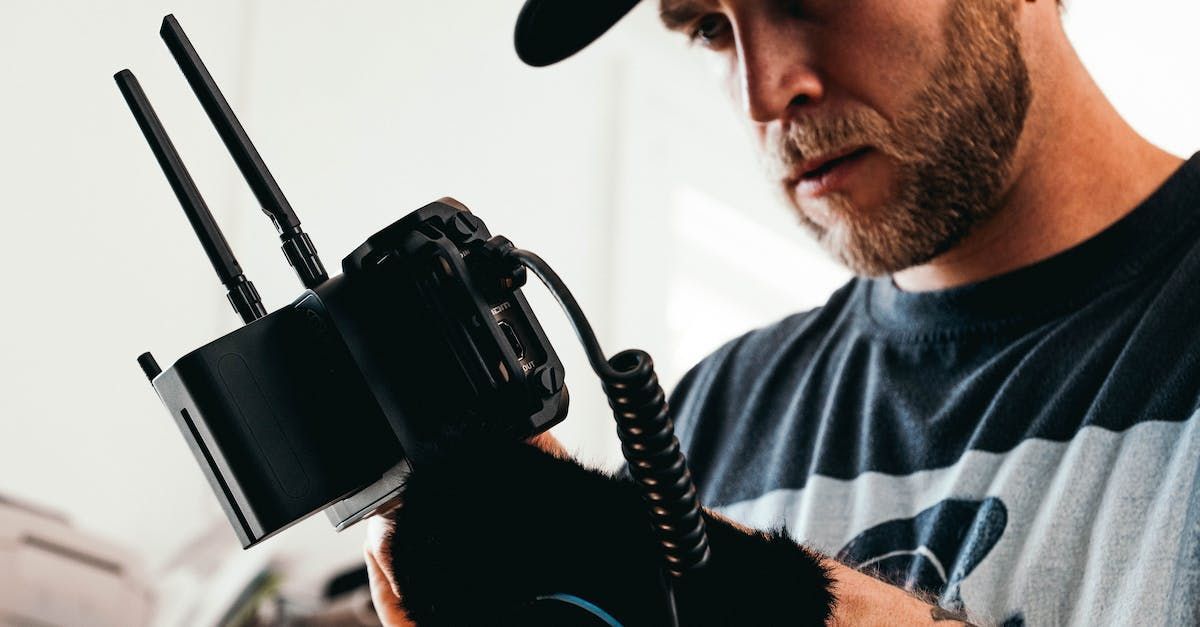
A Checklist to Use in Creating a Successful Video Commercial
When creating a video commercial, several essential components combine to make it engaging and effective. The following are some of the crucial elements of a video commercial:
Introduction
A video commercial's opening part is crucial since it sets the mood and captures viewers’ attention. A strong introduction should catch the audience’s attention by introducing the main idea/product being advertised to create interest in what’s ahead.
Product or Service Showcase
Casting and location scouting are essential stages for a video commercial. In this stage, actors are chosen for the roles in the commercial while locations are identified.
Phase of Production
Once everything is planned, it’s time to bring the commercial to life through filming and production. This is what happens during this stage:
Filming and Directing
This is when cameras start rolling on all scenes planned in a script. A director, just like a movie boss, will tell everybody what they should do and ensure video shots look precisely as they should be according to plan.
Lighting and Sound Design
Lighting and sound are essential for quality visuals and cool sound effects to make the commercial look good or sound great. Lightning sets up the mood and clarifies everything, while the good light design ensures proper audio clarity for accessible hearing.
Set Design and Props
Therefore, the correct appearance must come from there; set designing should involve matching physical settings with the storyline and incorporating props that make everything seem real; it is more like preparing a stage where actors are supposed to appear & shine.
Talent Direction and Performance
The commercials become believable when actors play their roles correctly in front of a camera or audience. So, under their direction (the director), actors know how they must act so that audiences feel the characters’ impact on them in terms of emotions or stories running behind them; well-performed ones may stay remembered by people long after seeing them.
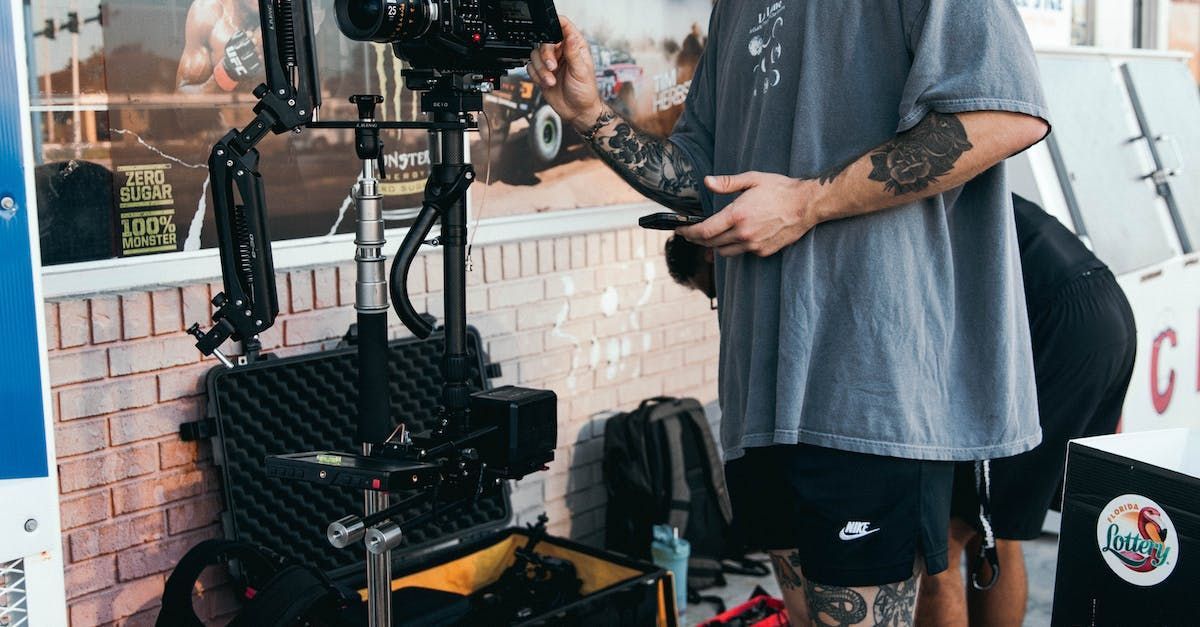
Editing and Post-Production
This is where everything comes together. During post-production, all of the shots that were taken in pre-production come together to tell a story or look nice. Here is what usually goes on:
Shooting and Directing
Many things happen behind cameras during shooting, such as directing actors on what to do. It is essential to get good camera shots to make them easier to edit later on.
Using Special Effects
Some commercials may need special effects, such as explosions or aliens. They make the commercial more exciting and memorable.
Sound Designing and Mixing
Besides sound effects, background music can be added to make it dramatic or funny. The audio must also be adequately mixed so that viewers can hear everything.
Color Grading and Correction
The choice of colors affects how people feel about the commercial when they watch it. Therefore, color grading ensures that all visuals come out well, while correction fixes any mistakes made during shooting.
Finalizing the Commercial
It’s so important to cast the right people, like Commercial video producers, in advertising commercials. Additionally, companies need to film them at locations that would be relevant and suitable for the story they want to tell, such that icons and places fit well within the commercial’s message.
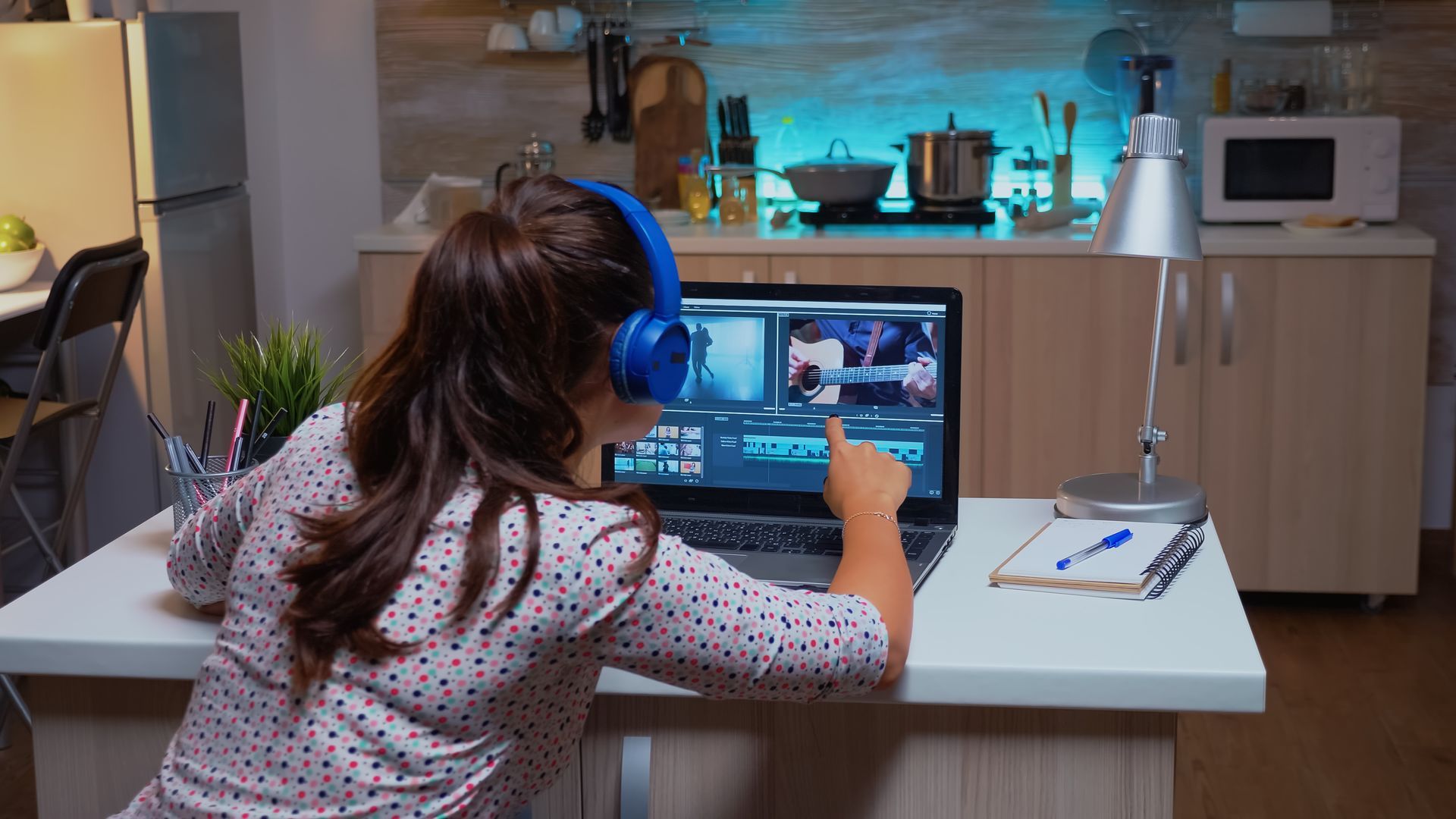
Post-production Phase
After filming, editing magic takes over during the post-production phase before the final touches are added. Let us now delve into some key points concerning this crucial process:
Video Editing and Color Grading
What does video editing do is merge all recorded scenes to create one flowing story without interruptions. Meanwhile, color grading gives the commercial a unique look by enhancing colors to make it more attractive or reflect a particular mood.
Adding Graphics and Special Effects
Animations, text overlays, or visual effects can boost the commercial's overall impact, making it stand out. For this reason, graphics and special effects may make commercials more fascinating and eye-catching.
Sound Editing and Mixing
However, sound, too, has a role to play in either giving an idea of what is happening or evoking emotions in viewers’ hearts through the ears. Therefore, cleaning up audio recordings deals with sound editing while mixing means that all sounds go together, producing a clear & balanced audio experience.
Voiceover and Music Selection
Further emotional intensity can be added to storytelling if voice-over artists are used to narrate some parts of a commercial. Moreover, music should always match its mood or message since it can provoke specific responses among spectators, thus improving their watching experience.

Distribution and Promotion
After the advertisement, it’s time for people to view this content everywhere around the globe. This is the distribution and promotion phase:
Choosing Platforms (TV, Online, Social Media)
Companies have to select where they will show their ads, i.e., on TV, videos platforms like websites or YouTube, and social media, which include Instagram & Facebook, among others. However, choosing rightly keeps reaching out to its target audience effectively.
Targeted Advertising Strategies
Targeting The Commercial
Innovative ways companies use to ensure the advertisement targets the right people can be by showing it to specific groups of ages, interests, or locations for better outcomes.
Monitoring and Analyzing Performance
After the commercial is out there, companies will observe its performance. This includes such aspects as views, likes, and comments that tell whether people are watching and appreciating the commercial. This assists them in understanding what is working and what needs improvement.
Engaging with Audience Feedback
Companies hear viewers’ thoughts about the commercial. They can give responses to comments, seek feedback, or conduct surveys on how viewers feel about this advertisement. In their future commercials, they will make better ones because they have learned from this feedback, and it also helps them build a stronger tie with their audience.
Famous Platforms for Distributing Video Commercials
Video ads are commonly displayed on television, online platforms, social media, streaming services, digital signage in malls, mobile apps, and games. Companies have long used television as one of their traditional channels to broadcast commercials.
Such companies place their video commercials during prime-time shows, sports events, or news programs to reach out to many people. Firms often upload their videos on websites, YouTube platforms, and other online platforms where sharing and watching is made easier, hence accessible anytime from anywhere in the world.
On that account, they can choose which segments need to be advertised based on what consumers love doing.
Other means include digital signage (for instance, located in malls), mobile apps, and games.
Companies also do video commercial marketing via digital signage placed at various strategic locations like malls, airports, transit stations, etc., so that many will see them as they pass by, thus enhancing visibility and the knowledge of clients about the brand. These applications allow companies to expose themselves before a captive audience because they usually watch them while awaiting rewards after playing games or interacting with the apps in some way.
Essential Aspects of Effective Video Commercial
Making a captivating advert that appeals to viewers necessitates careful planning and execution. Below are some key components that constitute this form of marketing:
Engaging Narrative
A well-crafted story resonates emotionally with its target market, thus creating an ad that viewers can’t forget easily. This could be achieved through humorists, drama, or inspiration.
Straightforward Message
An advertisement should communicate about a promoted product without taking too much time. Viewers should know the commercial and what to do after it ends.
Aesthetically Pleasing
Engaging video production, creative visuals, and visually attractive commercial materials keep viewers focused. Visual aspects play considerable roles in making commercials visually attractive and unforgettable.
Compelling Call-to-Action (CTA)
After a commercial, there needs to be an appeal for the call to action, which makes the viewer feel compelled to perform specific activities such as visiting websites, making purchases, or subscribing to services seen. CTA that at once makes sense and appeals maximally is more likely to bring out results expected from the interaction with the audience.
Pertinence to Target Audience
Before creating an engaging advert that will resonate with viewers, one must understand the target audience’s preferences, interests, and behaviors. The closer messages are tailored to meet audiences’ needs and desires, the more impact such advertisements have.
Unforgettable Branding
When used correctly in adverts, such things as logos or colors can help those viewing remember who made a particular ad. Consistent branding through adverts enhances recall for brand names.
Emotional Connection
To make a commercial more relatable and significantly impact the audience, one has to establish an emotional connection with the viewer. Humor, empathy, or nostalgia can evoke emotions in viewers, resulting in lasting memories and stronger brand connections.
Quality Production
This is because most successful videos are associated with high production quality in shooting, editing, sound design, and other presentations. This speaks well for the credibility of professional production values that positively reflect the brand’s image.
A Fresh Approach
It often takes innovation and creative ideas to stand out amidst the noise of advertisements. That would make a video commercial different from what others produce and also catch the attention of its target group effectively.
Quantifiable Outcome
By studying this data, it will be possible to find out what was good about it, thus improving advertising for future campaigns. Analyzing such critical metrics as the number of views, conversion rates, or ROI (Return on Investment) allows businesses to determine whether their commercials were successful.

Efficiently Targeted Advertising Practices for a Video Commercial
Targeted advertising techniques allow marketers to reach their intended audience to maximize the efficacy of their commercials (ads). Below are some effective strategies;
Demographic Targeting
Giving commercials a particular slant for a given demographic assists companies in connecting with customers who are more likely to be interested in their products or services. Demographic targeting focuses on specific groups based on age, sex, income levels, education, and family type.
Geographic Targeting
Such a strategy is proper when promoting goods and services that resonate with people living within particular areas or running localized campaigns aimed at various markets. Advertisers can target audiences within specific locations by using geographic targeting.
Behavioral Targeting
Through online behavioral tracking, companies may personalize commercials to make them more appealing to viewers. Behavioral targeting involves analyzing online behaviors such as browsing history, search patterns, and interactions with content that could help understand consumer preferences better.
Interest-Based Targeting
A company can grab and keep its attention better by matching the commercial with what interests its audience. This approach attracts viewers interested in specific subjects, products, or activities.
Mobile devices have been on the rise; hence, advertising strategies such as location-based targeting, in-app ads, and mobile video commercials effectively reach viewers through their smartphones and tablets. Therefore, optimizing commercials for mobile viewing only ensures that people mostly view them using their smartphones and tablets.
Email Marketing
By including videos in emails, marketers can quickly grab attention, deliver a message efficiently, and encourage recipients to take action after watching the commercial. Email marketing campaigns can benefit from incorporating video commercials for increased engagement and subscriber conversion.

Legal and Ethical Considerations on Video Commercials
Copyright and Licensing
When creating or downloading video commercials, companies must follow some rules that will help them protect their work while respecting other people’s rights. Regarding video commercials, firms should ensure that any music they use is appropriately licensed for use in these videos as far as copyrights are concerned. Therefore, before using any content in these adverts, firms must obtain permission from either creators or owners of music images or other things so that copyright infringement is not allowed.
Licensing Content
This involves asking for somebody else’s permission so you can use their work in your ad. Any company wishing to include someone’s music, images, or any other creative item in an advertisement may either have to pay a fee or agree to specific terms set by the content owner. This guarantees equality in terms of the revenue from this business endeavor.
‘Fair Use’
This allows for some fair use of copyrighted materials without obtaining permission, such as criticism, commentaries, news reporting, teaching, and research. So companies must be careful with fair use and ensure that it remains within the bounds of the law governing this area since if it does not, they’d be on the wrong side of advertising laws.
Public Domain
Public domain refers to works not protected by copyright and can be freely used. Companies that include public domain content in their video commercials need not worry about infringing copyrights as long as they verify the public domain status because public domain content does not suffer copyright limitations.
Attribution
This means naming whoever created anything one took to put in a commercial. To respect creators’ rights and contributions, businesses should admit and credit any other person’s material they may employ.
Clearance & Releases
On-screen individuals who are well known or play speaking roles need clearance from companies to avoid breaching privacy or publicity rights at law. Hence, advertisements require consent from all participants involved; otherwise, a legal claim arising from invasion of privacy and publicity could be made against those responsible for airing those commercials.
Compliance with Advertising Regulations
Advertising regulations require specific dos and don’ts when creating video commercials. What is meant by compliance with advertising regulations?
Truthful Advertising
Companies must ensure they avoid deceptive information through video commercials. Therefore, transparency and accuracy during adverts create faithfulness among viewers, attracting them.
Clear and Non-Deceptive Messaging
Video commercials should have messages that are easy to understand so that viewers can follow. However, companies must refrain from utilizing any misleading strategies or becoming involved in deceptive behavior that may lead to customer misunderstanding.
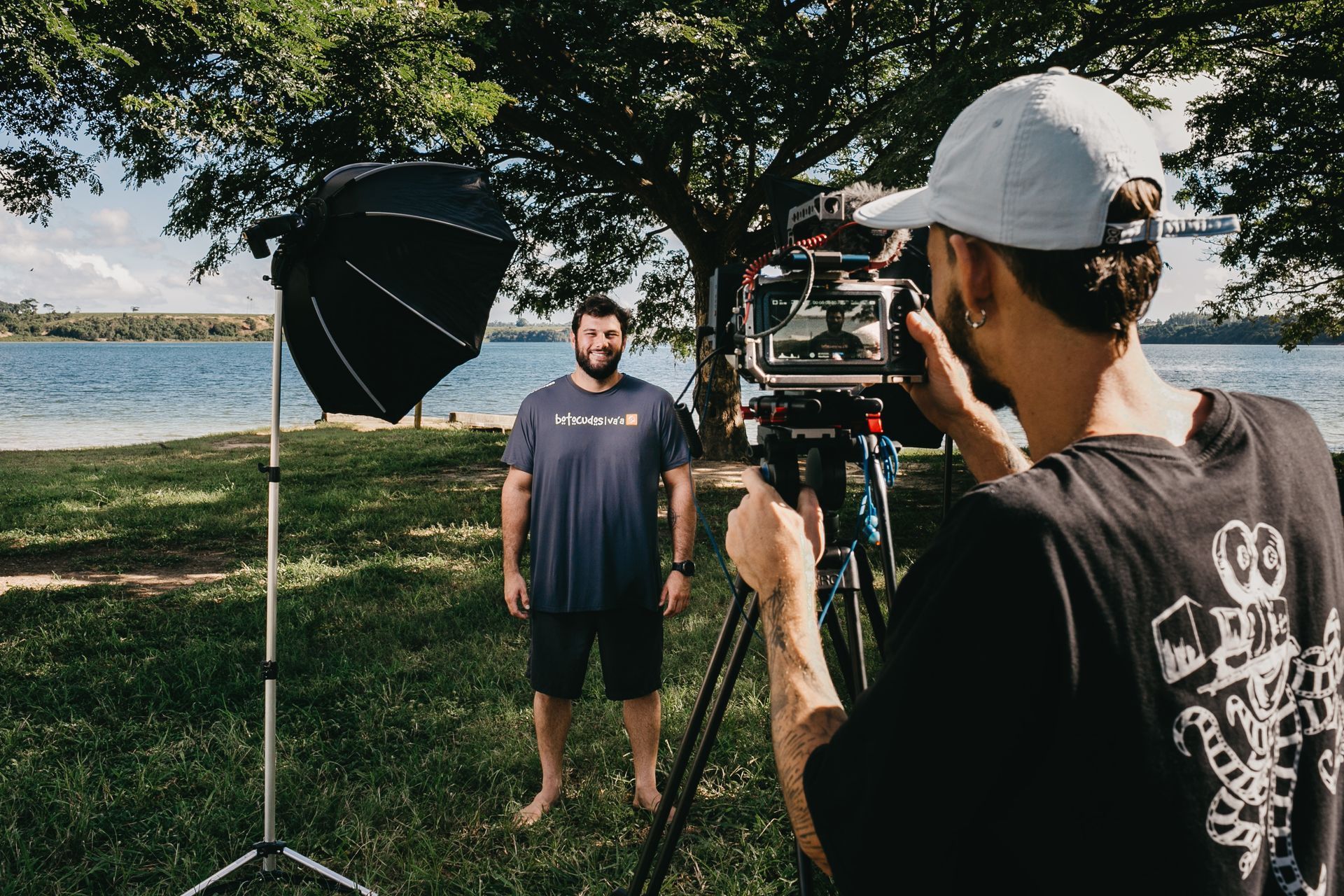
Avoiding Discrimination
Privacy
Individual privacy must be respected in video commercials. Thus, a person's consent must be sought before using their personal information, pictures, or videos in ads to protect such individuals’ right to privacy and keep their trust.
Compliance with industry practices
Advertisers need to comply with advertising standards specific to the industries they deal with. This helps ensure that video commercials meet ethical standards set by advertisement industry players.
Regulation Approval
Some countries have advertising regulatory bodies that oversee advertising activities and ensure compliance with the law. In these cases, businesses may seek approval from regulatory bodies before publicizing their video commercials.
Conclusion on Video Commercials
A successful video commercial requires meticulous planning, crafty execution, and targeted advertising approaches. Firms can develop compelling advertisements by concentrating on story-telling, clear messaging, visual attractiveness, and audience participation. Therefore, some aspects that must be considered include Compliance with Advertising Regulations, Legal Considerations in Video Advertising, and Effective Distribution Channels such as magazines and email marketing, among others, so that our advert will reach the targeted consumers ethically and legally.
Contact us if you need help developing intense commercials or consulting for video production. We have your back in matters about video adverts, given that you can create engaging content for your target audience.

Get total clarity on your video marketing and paid media with our FREE comprehensive data audit.


